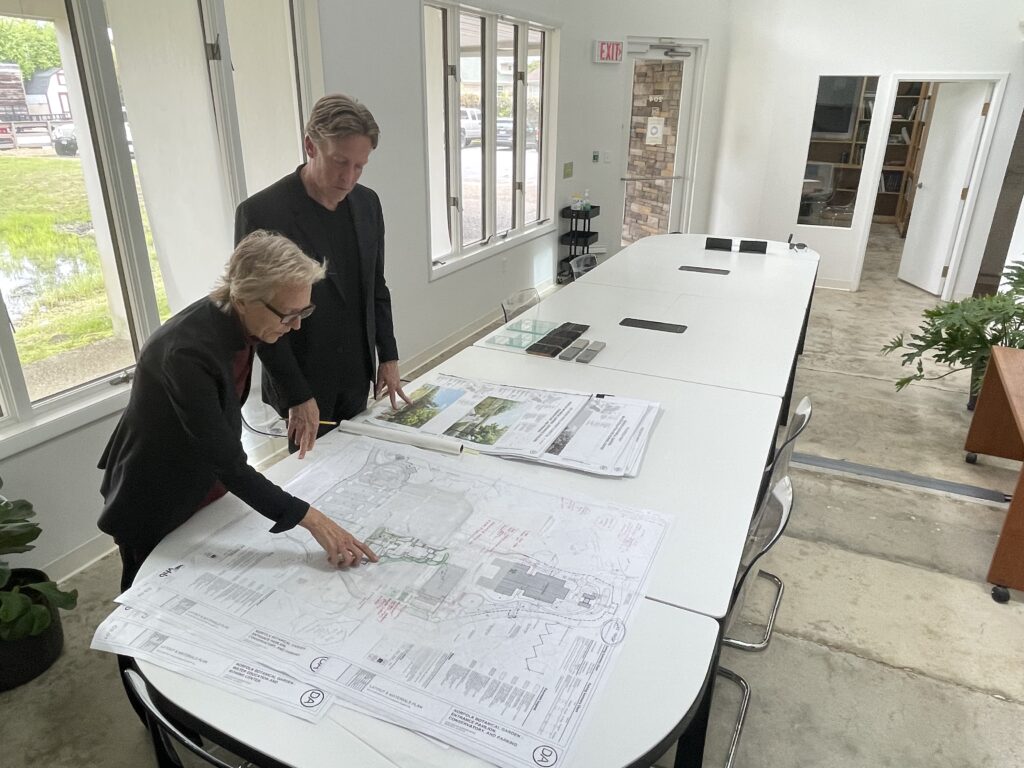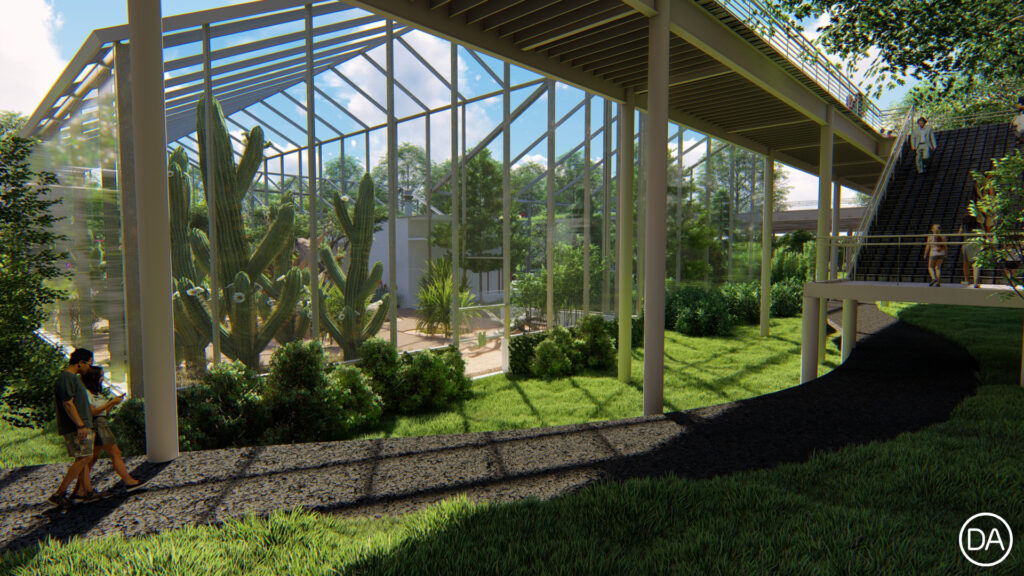
A shared ethos of responsible stewardship drives our work and our client service to better reconcile the design and construction of our built environment with the evolving values of social and environmental equity. - Dills Architects

Regenerative Design
Environment First
Regenerative design is a forward-thinking approach to the built environment. While grounded in principles of sustainability, it goes beyond the general objective of just having a neutral impact on the environment. The goal of regenerative design is to contribute to the restoration of what has been lost during the construction process – the ecosystem, habitat, natural resources, etc. The fundamental aspect of this approach is to give back more than you take, creating a healthier environment than what you had at the beginning. What makes regenerative design revolutionary is that it’s a “whole systems” approach where equal consideration is given to both the local community and the ecosystem. Social equity solutions and health and wellness are core principles along with achieving “net positive” impacts on carbon, water quality, air quality and biodiversity.
The Team

Based in Virginia Beach, Dills Architects was selected to design The Garden of Tomorrow through a national search. It was their commitment to the environment, regenerative design process, attention to detail and technical ability that made them stand out. Their design work strives to uplift and reinforce human relationships to make the future built and natural spaces we inhabit more resilient. This means they work closely with clients, contractors, and communities to achieve shared goals for the mutual well-being of all species and our planet. We understand the value of collaboration to produce thoughtful and exciting design solutions.
They have accomplished many successful third-party certified sustainable projects, most recently two LEED Silver, two LEED Gold, and a LEED Platinum certified project, as well as the design of a net-zero energy project. Dills and their design team are designing the NBG EntryPavilion project to attain LEED Platinum certification.
Transparency of purpose
You will find that throughout the Garden of Tomorrow design there is transparency of purpose. It’s about nature first and the buildings second, supporting the Garden with educational opportunities and learning experiences to better our planet.
“You will become immersed in the environment. The buildings are purposely transparent for a reason, so you are always connected to the outdoors.” – Clay Dills, Dills Architects.




